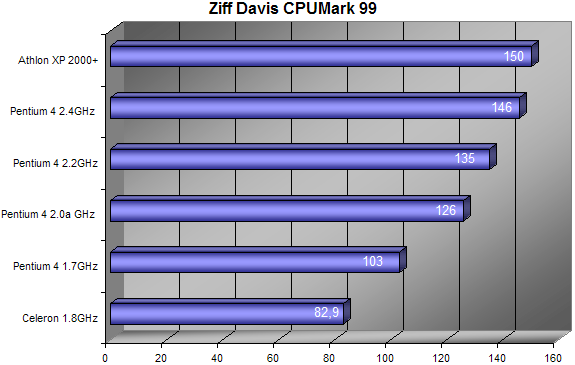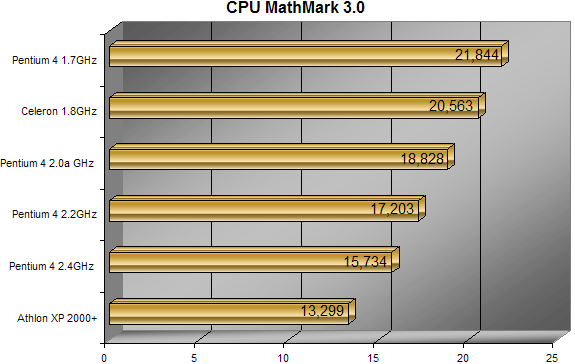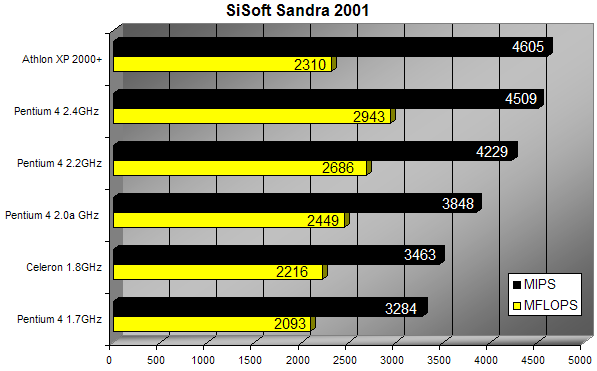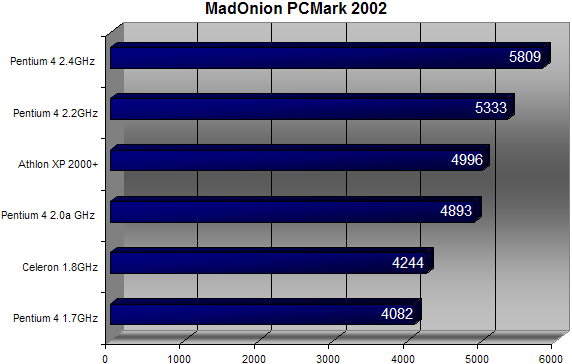
 |

|
| ActiveWin: Reviews | Active Network | New Reviews | Old Reviews | Interviews |Mailing List | Forums |
|
|
|
|
|
DirectX |
|
ActiveMac |
|
Downloads |
|
Forums |
|
Interviews |
|
News |
|
MS Games & Hardware |
|
Reviews |
|
Support Center |
|
Windows 2000 |
|
Windows Me |
|
Windows Server 2003 |
|
Windows Vista |
|
Windows XP |
|
|
|
|
|
|
|
News Centers |
|
Windows/Microsoft |
|
DVD |
|
Apple/Mac |
|
Xbox |
|
News Search |
|
|
|
|
|
|
|
ActiveXBox |
|
Xbox News |
|
Box Shots |
|
Inside The Xbox |
|
Released Titles |
|
Announced Titles |
|
Screenshots/Videos |
|
History Of The Xbox |
|
Links |
|
Forum |
|
FAQ |
|
|
|
|
|
|
|
Windows XP |
|
Introduction |
|
System Requirements |
|
Home Features |
|
Pro Features |
|
Upgrade Checklists |
|
History |
|
FAQ |
|
Links |
|
TopTechTips |
|
|
|
|
|
|
|
FAQ's |
|
Windows Vista |
|
Windows 98/98 SE |
|
Windows 2000 |
|
Windows Me |
|
Windows Server 2002 |
|
Windows "Whistler" XP |
|
Windows CE |
|
Internet Explorer 6 |
|
Internet Explorer 5 |
|
Xbox |
|
Xbox 360 |
|
DirectX |
|
DVD's |
|
|
|
|
|
|
|
TopTechTips |
|
Registry Tips |
|
Windows 95/98 |
|
Windows 2000 |
|
Internet Explorer 5 |
|
Program Tips |
|
Easter Eggs |
|
Hardware |
|
DVD |
|
|
|
|
|
|
|
ActiveDVD |
|
DVD News |
|
DVD Forum |
|
Glossary |
|
Tips |
|
Articles |
|
Reviews |
|
News Archive |
|
Links |
|
Drivers |
|
|
|
|
|
|
|
Latest Reviews |
|
Xbox/Games |
|
Fallout 3 |
|
|
|
Applications |
|
Windows Server 2008 R2 |
|
Windows 7 |
|
|
|
Hardware |
|
iPod Touch 32GB |
|
|
|
|
|
|
|
Latest Interviews |
|
Steve Ballmer |
|
Jim Allchin |
|
|
|
|
|
|
|
Site News/Info |
|
About This Site |
|
Affiliates |
|
Contact Us |
|
Default Home Page |
|
Link To Us |
|
Links |
|
News Archive |
|
Site Search |
|
Awards |
|
|
|
|
|
|
|
Credits |
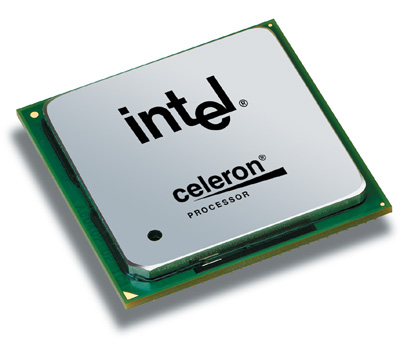
|
Product: Celeron 1.8GHz & D845GBV Motherboard |
Synthetic Benchmarks
| Table Of Contents |
| 1:
Introduction 2: CPU Architecture 3: CPU Instructions & Design 4: Intel i845G Chipset 5: Intel Extreme Graphics 6: Intel D845GBV Motherboard 7: Onboard Audio 8: Synthetic Benchmarks 9: Games Benchmarks 10: Application Benchmarks 11: Conclusion |
Below are the exact specifications of the machines we used to test the Intel Celeron, Intel Pentium 4 & AMD Athlon XP 2000+ processors.
-
Complete Intel Celeron PC Setup
Motherboard: Intel D845GBV Motherboard with latest P06 BIOS
Memory: 256Mb of DDR266
Hard Disk: IBM 40GB UDMA 100 7200rpm
Graphics card: Hercules 3D Prophet II Ultra (GeForce 2 Ultra) - Detonator 29.42
DVD: Pioneer DVD116
Peripherals: Microsoft TrackBall Optical, Microsoft Office Keyboard.
Everything was running under Microsoft Windows 2000 Professional SP3 with DirectX 8.1 installed and the latest Intel Chipset & Intel Application Accelerator Drivers.
-
Complete Intel Pentium 4 PC Setup
Motherboard: Intel D850MD with latest P14 bios and i850 chipset
Memory: 256Mb of RDRAM (Rambus) running at 800MHz with ECC correction - 256 of RDRAM running at 1066MHz (for the P4 2.53GHz)
Hard Disk: Maxtor 30GB UDMA 100 7200rpm
Graphics card: Hercules 3D Prophet II Ultra (GeForce 2 Ultra) - Detonator 29.42
DVD: Goldstar
Peripherals: Microsoft TrackBall Optical, Microsoft Office Keyboard.
Everything was running under Microsoft Windows 2000 Professional SP2 with DirectX 8.1 installed and the latest Intel Chipset & Intel Application Accelerator Drivers.
-
Complete AMD Athlon XP 2000+ PC Setup
Motherboard: Epox 8KHA+
Memory: 256MB of PC2100 DDR
Hard Disk: IBM 40GB UDMA 100 7200rpm
DVD: Pioneer DVD116
Display adapter: Hercules 3D Prophet II Ultra (GeForce 2 Ultra) - Detonator 29.42
Peripherals: Microsoft TrackBall Optical, Microsoft Office Keyboard.
Everything was running under Microsoft Windows 2000 Professional SP2 with DirectX 8.1 installed and the latest VIA 4in1 drivers 4.40a P3.
For the testing we made sure that no programs were running and did a clean Windows Boot by formatting the hard drive. By doing so we’re making sure that performance would remain unaffected.
|
|
|||
|
Ziff
Davis CPU Mark 99 is a rather old benchmarking tool that doesn't take
advantage of the new instructions brought by the Pentium 4 nor the
Celeron. Thus it
obviously advantages AMD's processor. In this test the Athlon XP 2000+
leads the race with an appreciable score of 150 outclassing the Pentium 4
2.4GHz by -only- 3%. According to CPU Mark 99 the Celeron 1.8GHz is the
slowest processor of this round up with a poor result of 82.9 being 80%
slower than the Athlon XP 2000+ and 76% slower than the Pentium 4
2.4GHz. |
|||
|
|
|||
|
|||
|
|
|||
|
|||
|
|
|||
|

